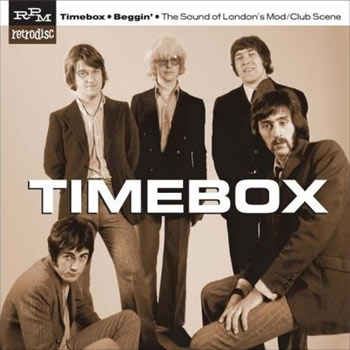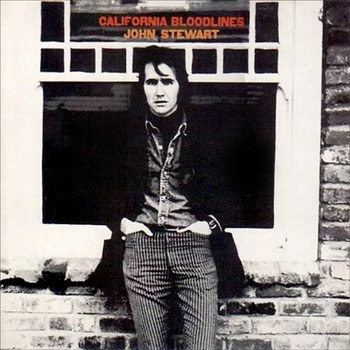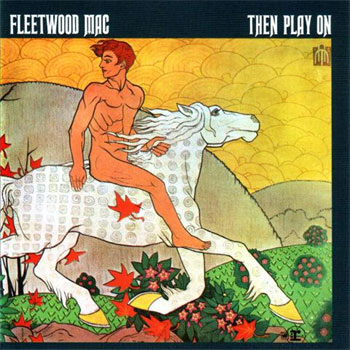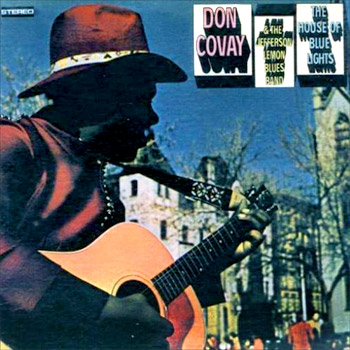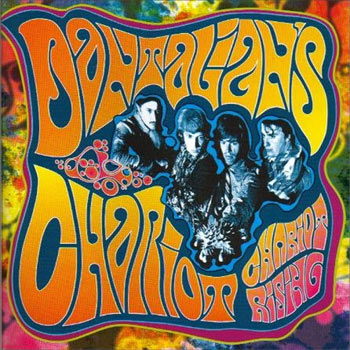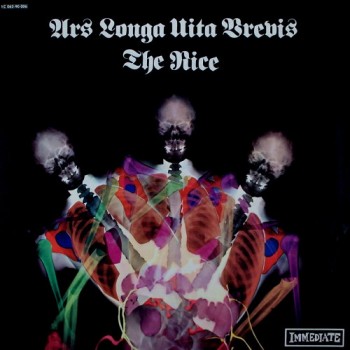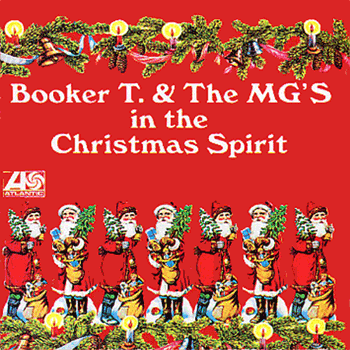PODCAST 18 Garage,Psych

Running Time: 52:27 | File Size 72.1 MB
Download: .mp3
To subscribe to this podcast: https://therisingstorm.net/podcast.xml [?]
1. Help Me by The Kensington Market – 1969 (Aardvark – Pacemaker)
2. I’ll Be The One by Madd, Inc. – 1966 (45 from The Ikon Records Story – Frantic Records)
3. Shake by The Shadows Of Night – 1968 (45 from The Shadows Of Night– Rev-Ola)
4. Little Boy Blue by Tonto & The Renegades – 1966 (45 from Scream Loud!!! The Fenton Story)
5. Rich Man’s Fable by H.M.S. Bounty – 1968 (Things – Sundazed)
6. Pretty Things – Oh by The Blue Things – 1965 (45 from Blow Your Mind)
7. So Easy She Goes By by David Blue – 1966 (David Blue– Collectors Choice)
8. On Tour by The Chancellors – 1966 (45 from Back From The Grave Vol. 8)
9. Back Home by Cuby & The Blizzards – 1966 (45 from Singles A’s & B’s)
10. You Do Things by The 49th Parallel – 1966 (45 from The 49th Parallel Complete – Pacemaker)
11. I Want Your Love by The Pretty Things – 1965 (Get The Picture – Snapper)
12. Eagle’s Son by The Electric Banana – 1967 (Electric Banana Blows Your Mind)
13. Mazy by The Peep Show – 1968 (45 from Mazy: The Secret World of The Peep Show – Castle)
14. Professor Black by The Lost & Found – 1968 (45 from Everybody’s Here – Charly)
15. Frustration by Painted Ship – 1967 (45 from Acid Dreams Testament – Past & Present)
16. Do Re Me by Mock Duck – 1968 (45 from Test Record – Gear Fab Records)
17. Mr. Greene by The Palace Guards – 1968 (45 from Complete Recordings – Gear Fab Records)
18. Farewell Aldebaran by Henske & Yester – 1969 (Farewell Aldebaran)
